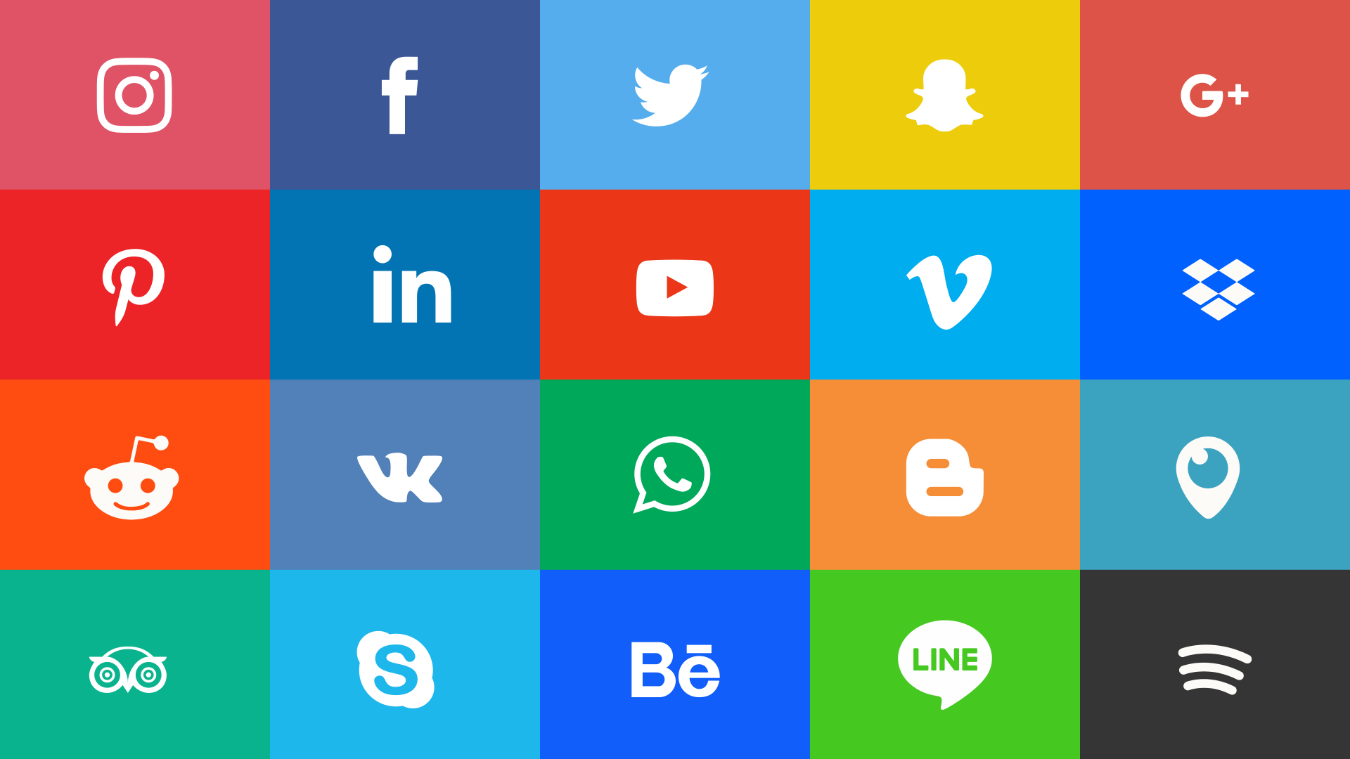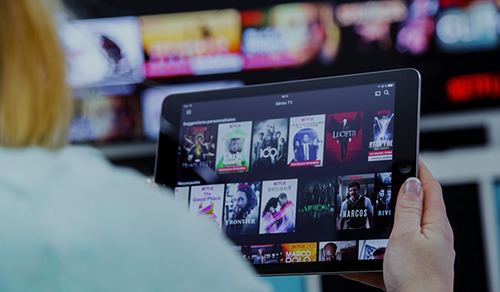Understanding attribution models for effective marketing
Has your company ever applied a methodology that certifies the performance of your company's overall conversion through marketing channels,...
7 min read
Por Sergio Gutierrez | Jun 23, 2021
When searching the internet for what a business model is, you have probably come across the following sentence by Alex Osterwalder: "A business model describes the logic of how an organisation creates, delivers and captures value".
If you keep looking, you will find that most people agree on the following: at its core, it is a tool that helps you describe how your business makes money. Although this is a very superficial definition, it will do for the moment, but if you want to understand what Osterwalder is referring to and learn a bit more about Business Models I invite you to continue reading this blog about the basics to find out what it really is, what types of business models exist, how they can be useful to you and what their benefits are.
Article with similar content: What is a Business Model? Business Models Explained
Index
First, let's talk about how it is made up so that you can understand it better. A business model, as explained by Yves Pigneur and Alex Osterwalder in their book "Business Model Generation" is made up of nine blocks.

Osterwalder is the creator of the Business Model Canvas, a canvas that allows you to better visualize your business model and which I recommend you use because it will also help you to define it. Also, I remind you that you can have several business models in your company, each value proposition needs its own business model, but you will understand this better in the next section.
Related article: Alex Osterwalder’s Business Model Canvas template: why use it and how
What are the types of business models?
Now that you have a better idea of what it is, let's talk about some types of business models. You read that right, a company may have more than one way of making money and you need to go through the exercise for each value proposition to find out. Yves and Osterwalder talk about "patterns", which are common behaviors of some business models that will help you understand how they work and how you can develop yours.
This is where three types of business activities can co-exist in the same company. One of the examples used by the authors of the book is private banking.
You are basically separating various value propositions into three different types of business model, customer care, products or services and infrastructure.
You may have heard the term High Mix Low Volume in some logistics books. It is a strategy that arises from the need to give your customers the opportunity for personalisation, something that is becoming important nowadays as everyone wants to differentiate themselves. This strategy consists of giving a wide variety of options but selling few units of them.
I think the example in the book makes it clearer. Lego used to be a company that sold packs of pieces to make pirate ships or spaceships, usually looking to movie blockbusters to generate them and looking to sell lots of units of these packs. But a few years ago, it updated its business model and developed Lego Factory, where any customer could make their own design and Lego would make it available for sale. This means that it increases the number of designs available so that everyone has more buying options, but few units of each pack are sold.
Think of Google, eBay, Amazon, or Microsoft. These are platforms that generate value by facilitating interaction between different customer segments, so their value increases the more users participate. Google connects customers seeking information with information providers, generating money through advertisements; Visa allows linking merchants with banks; Apple is perhaps one of the best examples, with the iPhone it allows application, music and book developers to connect with their customers through the App Store, this is the multi-sided platform.
Here one segment of the market has access for free to certain content that is kept available because another part of the market is paying for something extra. The best example I can give you is Spotify; you can enjoy music for free and the platform is maintained by other people paying to enjoy the extras the membership offers. Another example is all those free mobile games, if you want to play them without ads, they will offer you to pay, as well as if you want some extra that helps you to level up quickly.
Here there is also another business model called the Bait and Hook, where you get something practically for free (or very cheap), but a product or service needed to use it is sold to you separately. For example, companies that practically give away mobile phones in exchange for high monthly service fees. Or mechanical razors with replaceable heads, you buy the razor, but eventually you will need spare parts.
This business model needs the collaboration of external partners. Either from outside the company inwards, as when I design a process or service and someone else automates it; or from the inside out, as when I develop intellectual property and monetize it through patents.
All this was extracted from the book and summarized, but I recommend you read it to learn more and to be able to take better advantage of the knowledge you are acquiring.

Now that you have an idea of what your business model is and what type it is, we could start by talking about the importance of documenting it. In other blogs I have mentioned that you can only improve what you measure, but you can only measure what you know, and the best way to know your business is to document it. Having a clear written idea of your business model helps you understand what the most important parts are you should pay attention to.
Again, I recommend using a Business Model Canvas to document and facilitate visualization. Once you have done this, you have several options to make the most of it. Here are five uses Strategyzer recommends that you could explore.
A Business Model Canvas will give you a basis to guide you in organizing your strategies and developing your business. Strategyzer mentions that he has seen companies use this tool to plan in a simple way, because they can observe, in a general way, what the different units of the companies are doing. In addition, the dissemination of projects can be smooth as the Canvas becomes an easy-to-understand strategic planning program.
This tool allows you to see what you have done in the past. If you update your business model, by simply saving the information you can look at how you did things before and compare the results over time, so you can see which changes have been positive and which have been negative and generate a better perspective to plan what you are going to do in the future.
Having a portfolio of business models will let you see which ones are making money and which ones aren't. Which ones are making money today and which ones can make money tomorrow? Which ones are generating today, and which ones can generate tomorrow? Beyond growth, a portfolio can help you understand the potential synergies between business models. The example Strategyzer gives is a technology that Nestlé used for one product (value proposition), then developed and used in different products (value propositions) in coffee, tea, and baby formula businesses.
We have also talked in other blogs about the importance of having horizontal communication between departments in companies. A vertical hierarchical communication prevents the development of the company's full potential because each department only knows the customer in one of its facets. A Business Model Canvas integrates marketing, technology, engineering, operations, finance, and other areas. In this way, everyone will know the business better, will be able to contribute their knowledge and understand each other, which will allow better strategic plans to be generated and better decisions to be made.
Visualizing your business model allows you to identify your company's strengths and weaknesses. In other words, it allows you to find opportunities for improvement where to focus your efforts and resources. This prioritization will help you to keep old business models alive and to leverage new ones to bring your portfolio to fruition.
I recommend you read the whole article to learn about more uses you could put your business model to: 14 Ways to Apply the Business Model Canvas
What are its advantages and disadvantages?
You have probably already deduced them by reading about the uses of the Business Model Canvas, however, here I show you some extra benefits. Of course, nothing is perfect, so I also bring you some points against it that you should consider when using it.
It is important that you understand the components of a business model, although your company can survive without a Business Model Canvas, I recommend that you try to put some effort into it. Having your canvas well organized will allow you to identify opportunities and plan your strategies to gain a competitive advantage. Moreover, you might discover that it is not your product that generates money, but the way you deliver it to your market segment, or you might find the secret to lower costs by strengthening your strategic alliances, maybe you didn't even know that your business model could change to a more profitable one. That is why you should not delay starting using this tool.


Has your company ever applied a methodology that certifies the performance of your company's overall conversion through marketing channels,...

In simple words, a business model is the way in which a company creates, delivers, and captures market value. There are different tools to study...

The ability of people to innovate never ceases to amaze us, companies are continuously developing innovative products. Despite their innovations,...